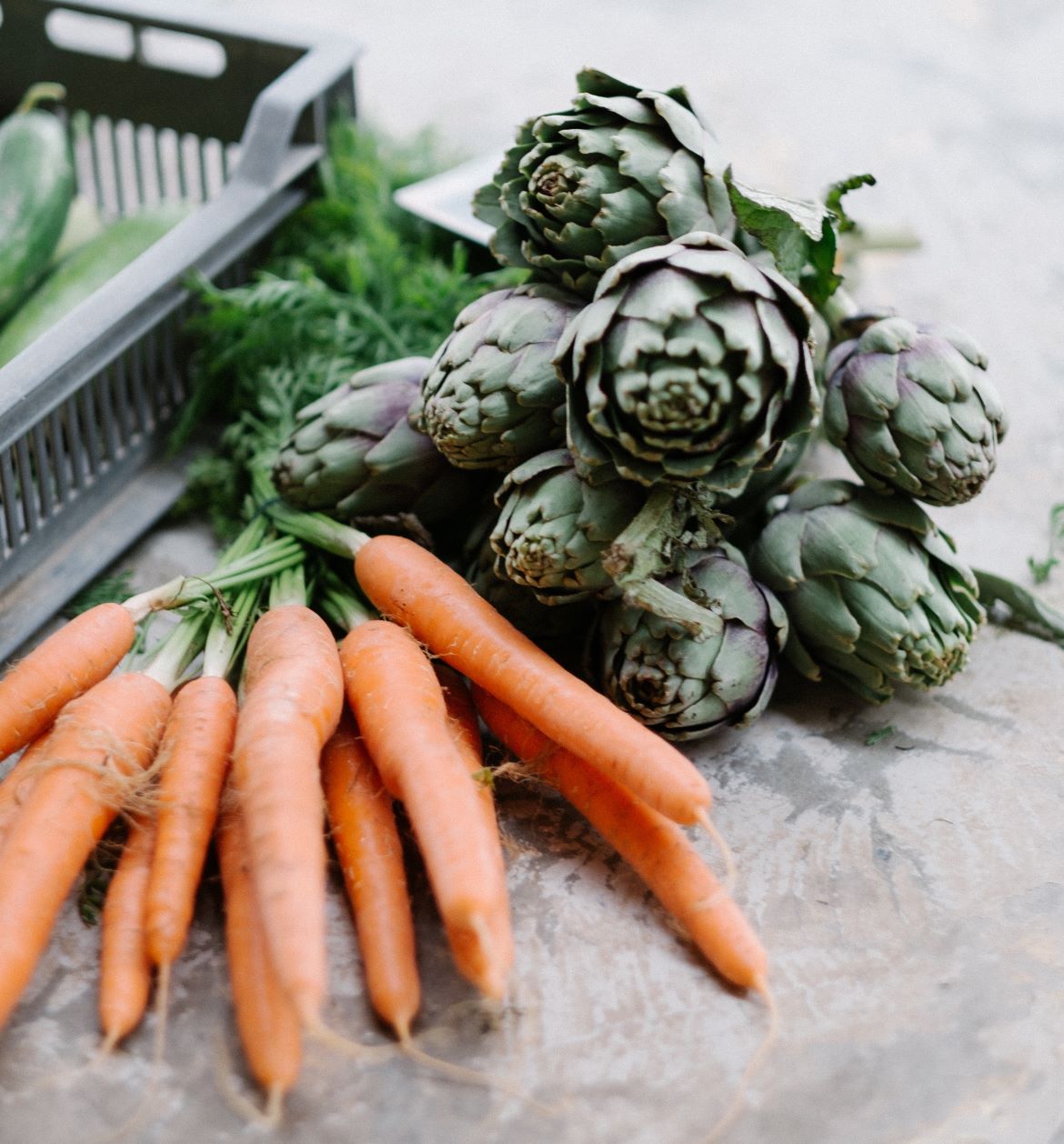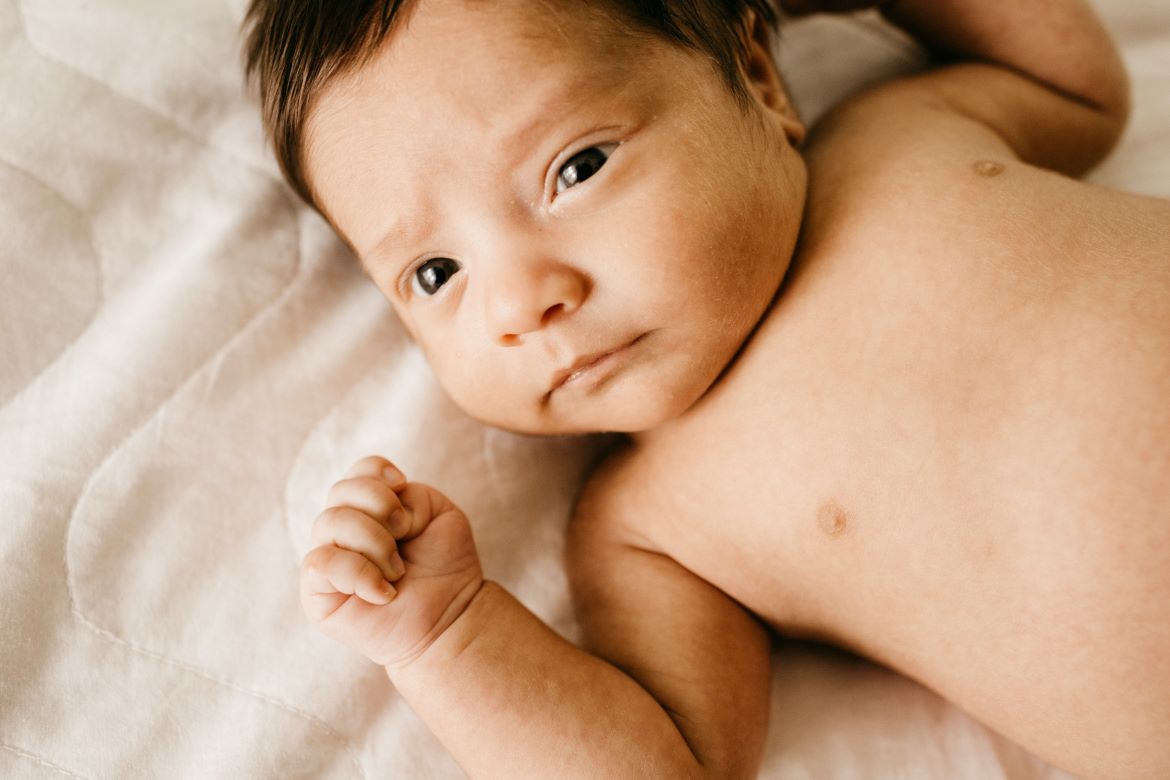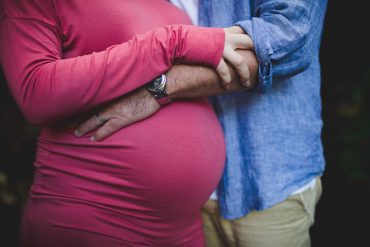The microbiome is a popular topic within health communities and its benefits and contribution to a range of processes in the body are seen in emerging research. So far, it’s known to play a large role in the metabolism of our nutrients and is currently being explored in depth to determine its role in chronic disease and how it may affect our mental health.
A gut microbiome is defined as the microorganisms, and their genes that live in your gut (microbiota refers exclusively to the microorganisms) – this is also known as gut flora. Within those microorganisms, the gut encodes over 3 million genes – to put that into perspective, the human genome contains only 23 000 genes in comparison to the gut microbiota. Gut microbiota are composed of different bacteria species that are classified by genus, family, order, and phyla (many groups within groups within groups etc.).
Over the past few years, new technology has allowed scientists to culture bacteria from stool samples to learn about what bacteria is present in the gut. So far, we know that bacteria that are in the Phylum ‘Firmicutes’ and ‘Bacteriodetes’ make up 90% of our gut microbiota, amongst many others. We also know that there are variations within individuals due to age, full-term or pre-term birth, diet, antibiotic use and more. Everyone’s microbiome is unique – however there are certain combinations and groups of bacteria that are commonly found within ‘healthy’ individuals (Bacteroidales and Bifidobacteriales). This does not mean however that there is only one ‘optimal’ composition, as there are endless variations. The general rule is the more diverse, the better.
This microbiome is built by bacteria entering your gastrointestinal tract (GIT) – often via your mouth. However, this doesn’t mean the microbiome is exclusively developed via food! Other determining factors include mode of food delivery (fingers, spoons, via mouth or tube etc.), age and environmental exposure. The healthy development of microbiota has potential lifelong implications on your health, so how is this important environment developed in babies?

Where does the microbiome begin?
There is new research suggesting the initial introduction of bacteria to babies is via the placenta or embryotic fluid. Within the scientific community, there has been a long-held belief that babies were born completely sterile. This new evidence suggests the possibility of bacteria introduced prior to birth – very exciting. Confirmation of this theory, ‘healthy’ bacteria in the womb during pregnancy, could lead to research being able to determine certain microbial profiles that cause immune conditions, or those associated with preterm birth (previously it was believed any bacteria in the womb was indicative of infection).
What we do know about vaginal birth is that babies delivered via this method have a gut microbiota that reflect the environment of the vaginal canal of the mother, which has been shown to be favourable for the development of the microbiome. Caesarean section deliveries have been shown to develop microbiomes with less Bacteroidales and Bifidobacteriales, as well as pathogens that are associated with hospital environments. This is due to the initial contact caesarean delivered babies have with hospital staff and their surroundings. A study published in October 2020, looked at the effects of conducting a maternal faecal microbiota transplantation in babies born via c-section (Korpela et al., 2020). They found that at the three-month mark following administration of faecal samples via bottle-fed milk at birth, these same babies had a microbiome that reflected that of a baby born via vaginal birth. Amazing, right?!

Another factor that may impact babies’ microbiome development, is the use of antibiotics during labour. To decrease the chance of GBS (Group B Strep) being passed on to babies from GBS positive mothers, it is common practice to use antibiotics via IV during labour. Mothers that don’t receive antibiotics during labour, that are GBS positive, have a low chance of passing it on to their baby (1-2%). However, babies that develop GBS can experience very serious issues such as meningitis, sepsis and pneumonia.
Unfortunately, it has been shown antibiotics like penicillin can have serious effects on the gut microbiome diversity of babies delivered via vaginal birth. The antibiotics given during labour to the mother can cause ‘good’ bacteria to be reduced along with the ‘bad’ GBS bacteria – meaning the good bacteria is less likely to be passed on to the baby. No mother or doctor wants to place the foetus at risk, yet the use of antibiotics may produce knock-on effects that cause issues later in life. More research to come on this topic.











